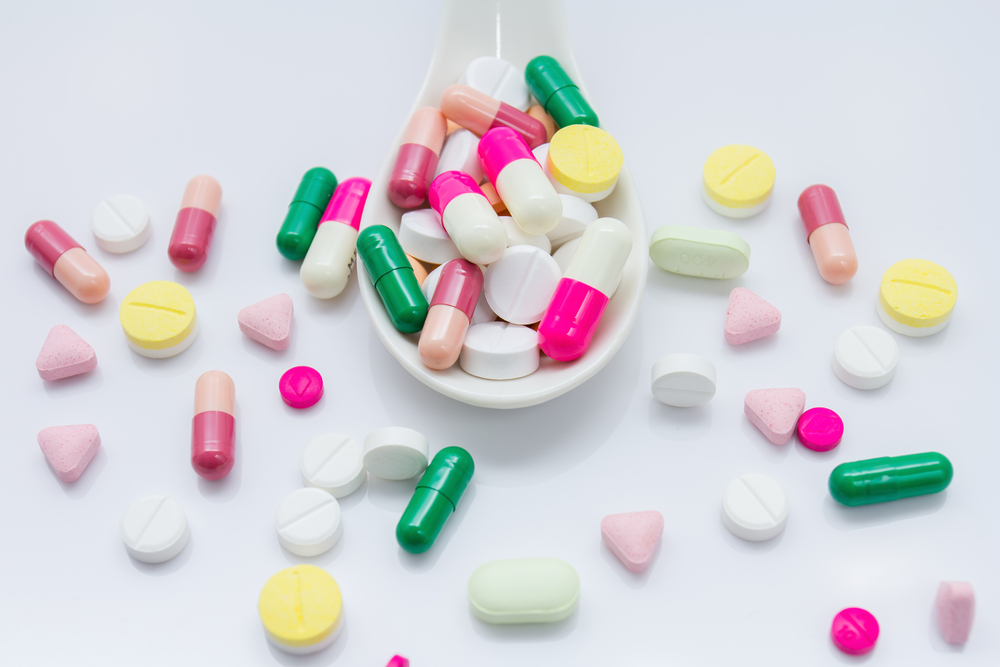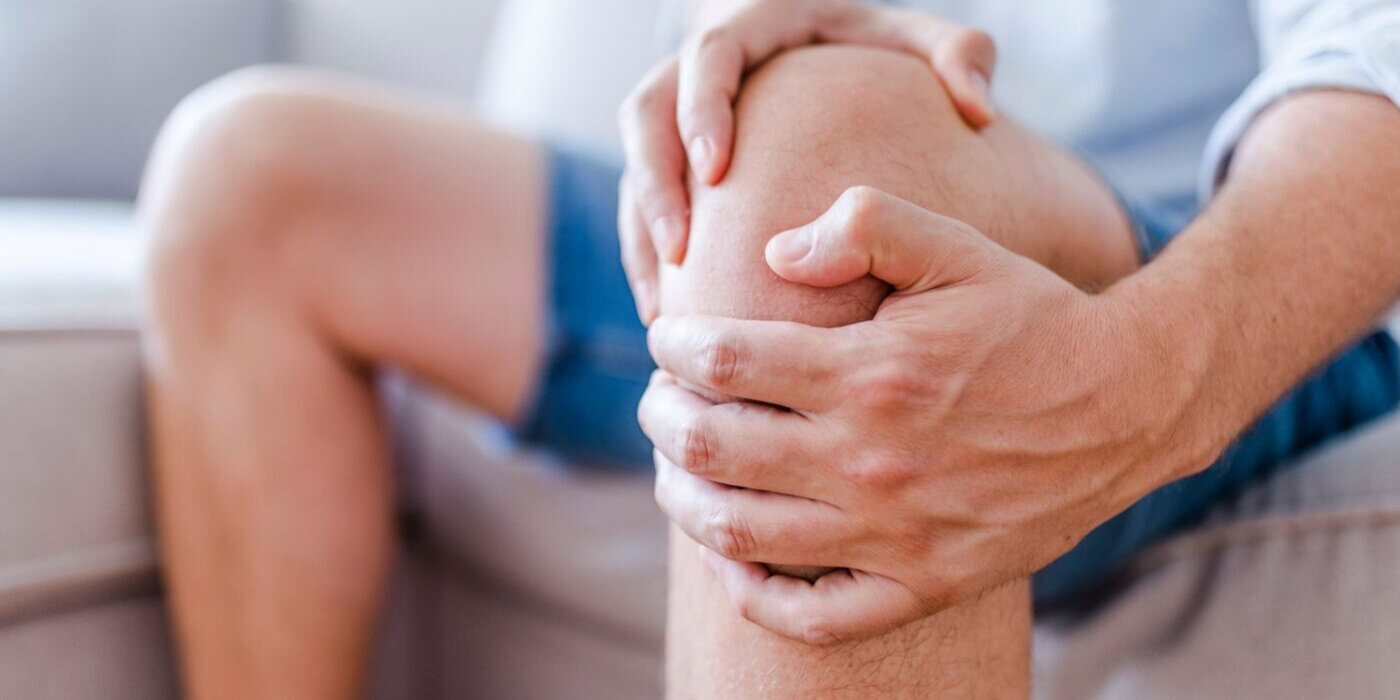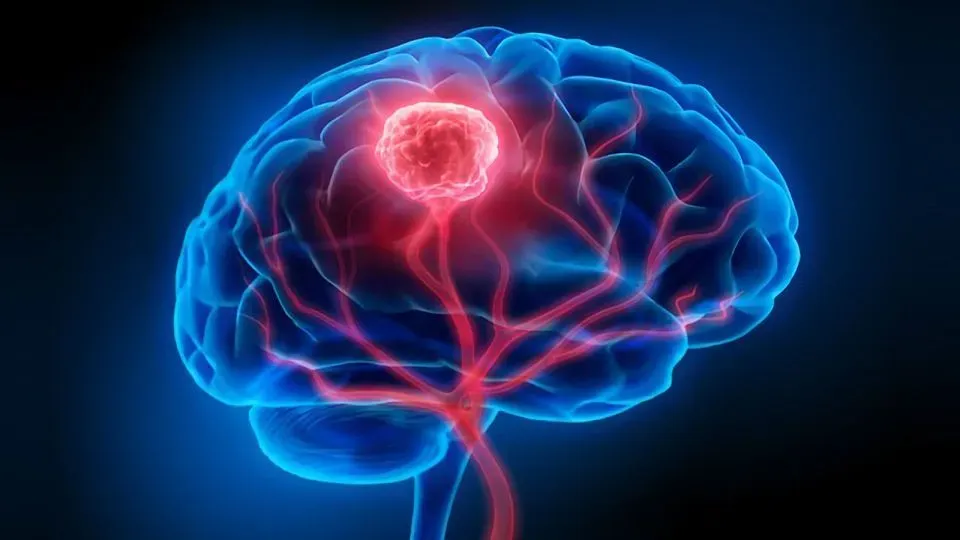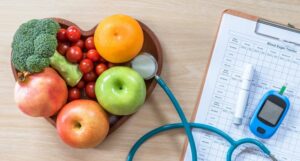Guide to physical activity
Introduction:
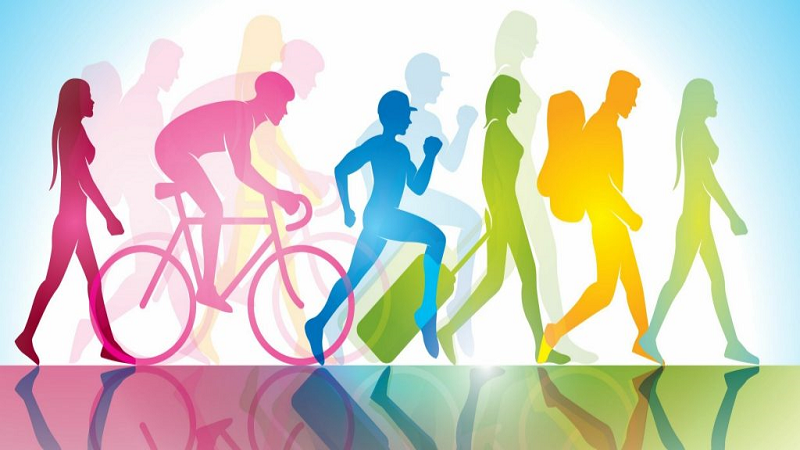 guide-to-physical-activity: Lack of physical activity is associated with increased incidence of type 2 diabetes, weight gain, increased blood lipid levels, high blood pressure, and the development of metabolic syndrome.
guide-to-physical-activity: Lack of physical activity is associated with increased incidence of type 2 diabetes, weight gain, increased blood lipid levels, high blood pressure, and the development of metabolic syndrome.
According to the available evidence, regular physical activity causes the following results:
- Reducing the risk of cardiovascular disease in general and especially in patients with ischemic heart disease;
- reducing the risk of type 2 diabetes;
- Reduction of mortality in middle-aged and elderly people in both sexes;
- improving bone density, preventing age-related bone mineral content reduction and preventing osteoporosis;
- prevention of high blood pressure and its reduction;
- Prevention of weight gain or obesity;
- Preventing depression, reducing tension and increasing self-confidence;
- Prevention of muscle mass loss in elderly patients and reducing the risk of falls;
- Prevention of: increase in total cholesterol, increase in bad cholesterol (LDL) and decrease in good cholesterol (HDL);
Stroke reduction
Physical exercises and sports are important components of several rehabilitation programs, including cardiac rehabilitation, chronic obstructive pulmonary disease rehabilitation, surgical rehabilitation, psychiatric rehabilitation, etc. Physical exercises in patients with myocardial infarction reduce the risk of subsequent infarction by 25% in the first three years. Also, physical exercises are one of the main components of creating mobility in patients with rheumatoid arthritis and patients with arthritis, and studies have shown that physical activity in the form of walking may delay the time of surgical intervention in patients waiting for knee and hip joint replacement.
If you have not been active before and want to start exercising, first consult your doctor about the right program for you. As soon as you start, you will realize that exercise is not only good for your health, but also enjoyable.
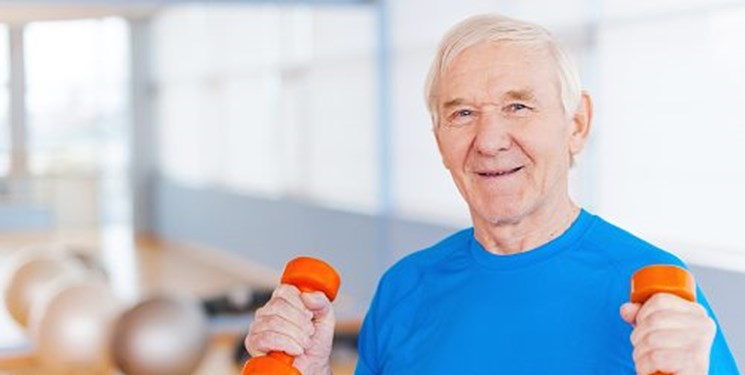 What other benefits does physical activity have for me?
What other benefits does physical activity have for me?
Physical activity also has the following benefits:
- It helps control your weight and blood pressure.
- It helps you sleep better.
- It makes you feel alive.
- It gives you more energy and strength.
- It helps you manage stress.
- It makes you feel better about how you look.
What activities should I do?
It is not necessary to be a professional athlete to reduce the risk of cardiovascular diseases. If you do moderate-intensity activity most or all days of the week, you’ll reap the benefits.
Examples of these activities are:
- walking
- Moderate to intense work at home
- Gardening and yard work
- Home sports
- More intense physical activities can increase your heart and lung capacity. Start physical activity slowly and increase it as your heart gets stronger.
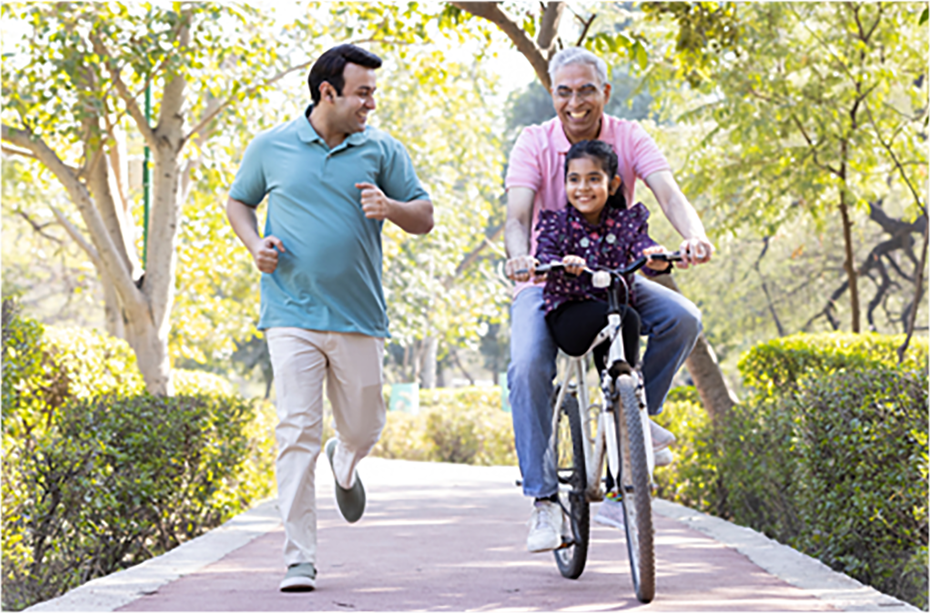 Consult your doctor or nurse first about exercise. Then try one of the following:
Consult your doctor or nurse first about exercise. Then try one of the following:
fast walking
Climbing the stairs
Cycling, swimming or sailing
How often should I do physical activity?
Do 30 to 60 minutes of physical activity daily.
Make sure your activity is regular (on most or all days of the week).
guide-to-physical-activity
What else can I do?
Explore ways to add physical activity to your daily life. Making small changes to your lifestyle can make a big difference in your overall health. Here are some of them:
During your lunch break, take a 10-15 minute walk.
Use the stairs instead of the escalator or elevator.
Buy a pedometer or pedometer and try to walk 10,000 steps daily.
Sports prescription for weight loss:
The exercise prescription framework for weight loss includes the same recommendations as healthy adults for aerobic, strength, and flexibility activities. The minimum amount of physical activity to improve and improve the health and fitness of healthy adults is 150 minutes per week or 30 minutes per day of physical activity on most days of the week. Below are the minimum necessary recommendations in terms of the necessary elements that make up the sports prescription, which includes frequency or frequency, intensity, time and type of activity.
Frequency:
5 or more days per week of physical activity that maximizes energy expenditure.
Severity:
These people should be encouraged to have moderate to vigorous physical activity.
The initial intensity of exercise should be moderate, progressing to more vigorous exercise may lead to greater health and fitness benefits.
Time:
30-60 minutes per day up to a total of 150 minutes per week and progression of this time to 300 minutes per week of moderate-intensity physical activity or 150 minutes of vigorous-intensity physical activity or an equivalent combination of moderate and vigorous physical activity is recommended.

1. Overweight and obese adults may benefit from progressing physical activity toward approximately 250-300 minutes per week or 50-60 minutes 5 days per week, as this range of physical activity appears to promote Long-term maintenance of reduced weight.
For some people, progressing to 60-90 minutes of daily physical activity may be necessary to achieve or maintain weight loss.
2. Adequate and appropriate amounts of physical activity should be done 5-7 days a week.
3. The duration of moderate to intense physical activity should be at least 30 minutes a day at the beginning, and when it is appropriate, it is increased to 50 to 60 minutes a day or more so that long-term weight control is possible.
4. Adults with weight gain and obesity may do this amount of physical activity by dividing the time of each session into several parts with a minimum duration of 10 minutes in each part. This may lead to adaptation and maintenance of physical activity.
5. However, strength training may increase muscle strength and physical performance in overweight and obese individuals. In addition, there may be other benefits from a health point of view by participating in resistance sports in this group of people.


